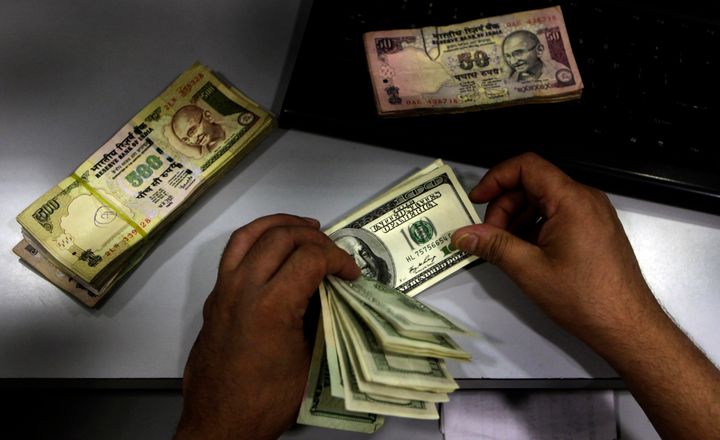
As I watched the seemingly endless debt-ceiling drama in the U.S. House of Representatives unfold last night on CNN, I wondered if I was witnessing a moment in higher-education history that one day might be recalled as the point when short-term political gamesmanship won out over the country's long-term economic success.
If you've been following the debt debate in Washington, you know that, as of this minute, there are two competing proposals -- one in the House, one in the Senate -- to raise the debt ceiling by next week. Both would cut spending over all, but both also include a provision that would actually raise spending to deal with shortfalls in the Pell Grant program for the next two years ($17-billion in the House plan and $18-billion in the Senate plan).
It seems that the provision has been a big stumbling block in getting conservative Republicans to back any debt-ceiling plan. "I really don't understand why we're increasing spending in a bill [that's] supposed to be cutting spending," Rep. Andy Harris, a freshman Republican from Maryland, told The Hill, a newspaper that covers Congress.
But even if one of those plans eventually is enacted, the money would provide only temporary help for the Pell Grant program. The bottom line is that, with federal spending caps likely to be part of any deal on the debt ceiling and long-term deficit reduction, federal student aid is facing some sort of major cut. The Obama administration wants to protect the Pell Grant because it's the primary aid program for low-income students. But doing that will come at the expense of other higher-education programs, and there is probably not enough money in those cuts to save Pell as it is and cut the budget deficit.
So changes in the Pell program are inevitable. Lots of ideas have been thrown about, including cutting the maximum award, limiting eligibility to fewer semesters, and giving small grants in the first year.
Those will be the debates in Washington over the coming years: discussion about how to limit access to higher education rather than ways to strengthen the economy through increasing access to some form of postsecondary education. In many ways, the discussion will follow the playbook of the "don't go to college" crowd that has flooded the airwaves in recent months.
But as David Leonhardt of the New York Times so succinctly put it this week in a column: "The next time you hear naysayers poor-mouth college, ask them if they plan to send their own children."
Sure, the Pell Grant program and other federal student-aid programs have their problems. If Washington needed partisan debates to survive, then Congress and the administration should be discussing how to make the programs more accountable with the money they have, not just slash spending.
As the debate has unfolded, we were reminded again this week about how important rising levels of education are to the country's long-term success. According to a report in the Wall Street Journal, workers "without college degrees find well-paying jobs scarce in the modern U.S. economy." There are 25.3 million Americans over age 25 without high-school diplomas, and only 9.8 million, or less than 40 percent of them, were working in June. About 1.6 million said they were looking for work; the rest weren't even looking.
Many more might not even be looking if the current political system doesn't begin looking for real solutions.
-- Jeffrey Selingo
Editor
The Chronicle of Higher Education